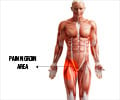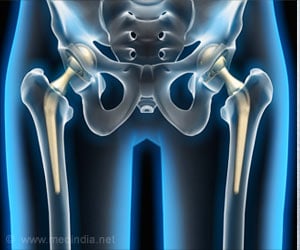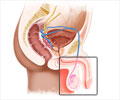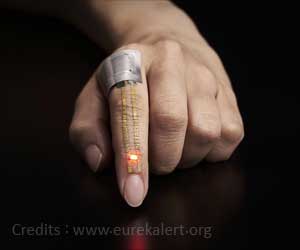Groin and hip function of hockey players examined in simple, five-second test. In hockey, groin problems are common but in many cases they progress unnoticed.

0-2, very little or no pain - green
3-5, moderate pain - yellow
6-10, more severe pain - red warning signal
Many of the hockey players in the study play professionally. Because the sport is characterised by powerful and fast movements, groin and hip problems are not uncommon. Up to now it has been quite time-consuming to measure groin/hip status, says Frida Eek, associate professor at Health Sciences, Lund University, who conducted the study with principal author Tobias Wörner and associate professor Kristian Thorborg at Copenhagen University.
"It is possible to measure hip function both throug h self-assessment instruments and through strength, movement and performance. But this, of course, is quite time-consuming and cannot easily be done out in the field. The five-second squeeze test has been developed as a quick check, a snapshot of groin function. Can the player carry on playing, or is there a problem that may need attention? At the green pain level, continuing is not a problem. If it's yellow, it may be best to wait and if it's red, that's a warning signal", says Frida Eek.
Advertisement
Frida Eek considers the test a rapid way to make relevant decisions about the possible need for further measures. If the pain assessment is within the yellow area, it may be appropriate to check the player's hip strength and then, if necessary, adjust strength training. If the pain is in the red warning area, it can also be a good idea to get assistance from a professional, such as the team doctor or physiotherapist.
Source-Eurekalert













